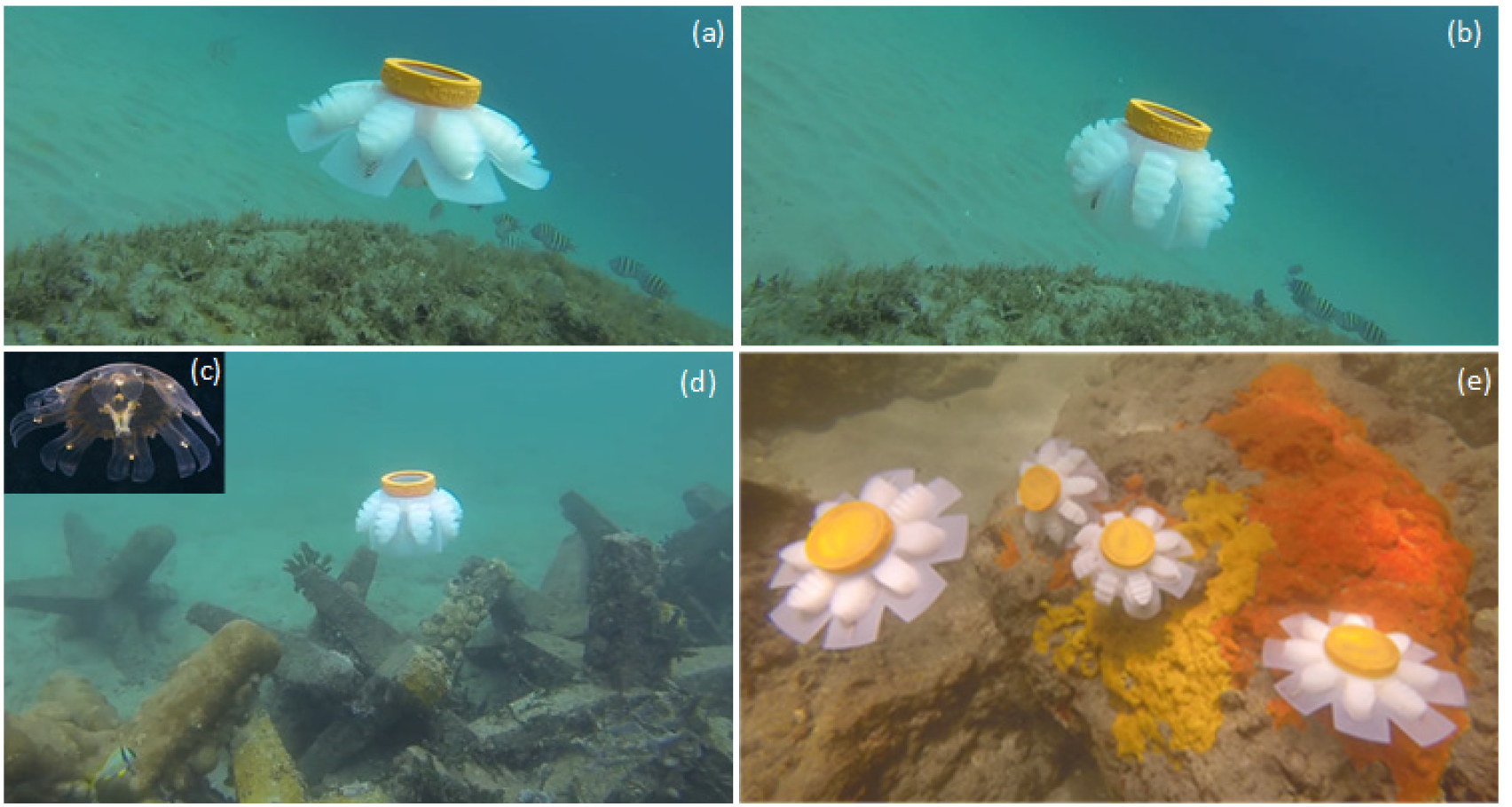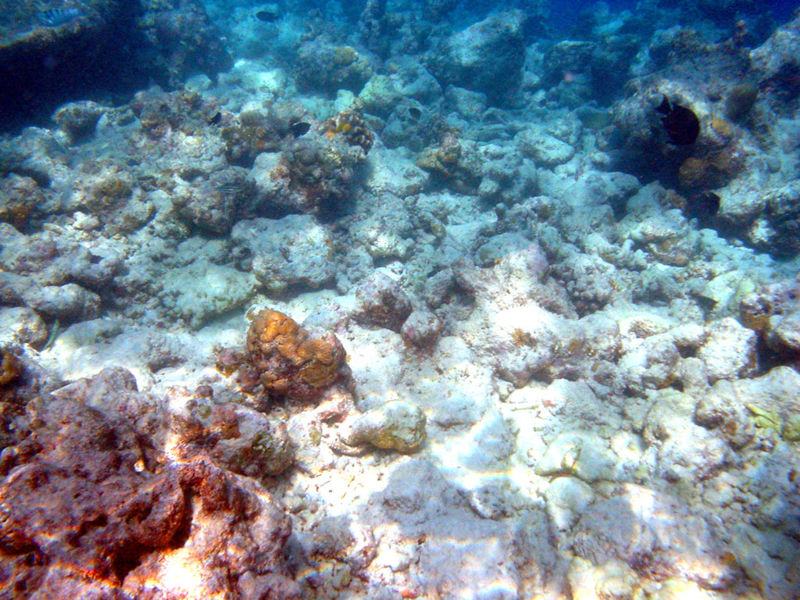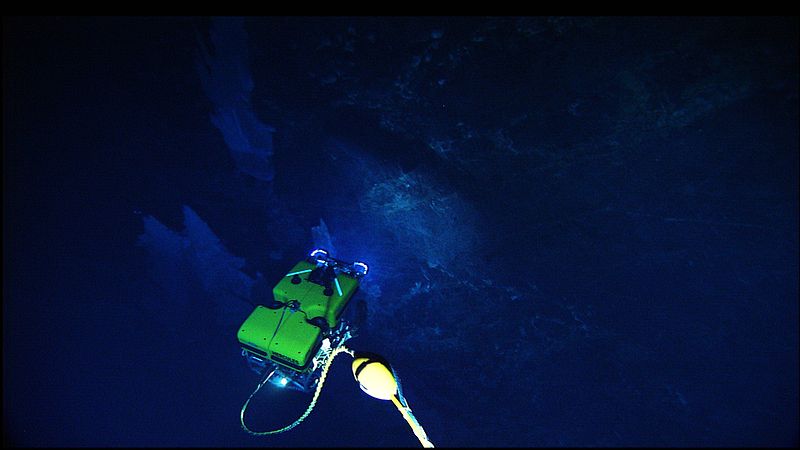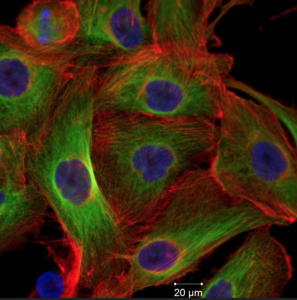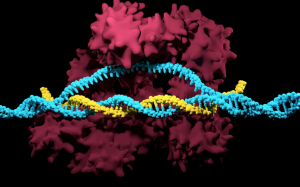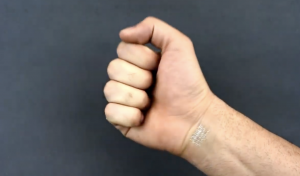In this day and age so much of what we do is shared on different platforms of social media that the notion of privacy is limited to having a private account. We open an account by providing a name and a picture and once we are in the system, one by one we begin adding more insight into who we are and what we do. We snap a picture of our outfit, take google recommendations for where to dine out and post a story of the meal we eat. Our urge to participate so actively on social media isn’t solely rooted in our desire to share but stems from us being innately social creatures who are inherently curious.
It didn’t take long for corporation to cultivate our curiosity and take data collection to a whole new level. Genealogy and ancestry companies, in the name of providing us with medical information and lineage tracing, now have access to what’s most personal to us, the code to our being.
It has now become posh and trendy to pay $100 to companies such as 23andme to find out what diseases we are prone to and where we have originated from. What we get as a result may not necessarily add much significance to our lives, but it provides those companies with pools of golden data. I stress the word “necessarily” as tendencies do not translate to definite diagnosis and a long list of places we get, does not provide us with much insight of where we originate from. On the other hand, companies like 23andme now have access to data that once took researchers years to gather.
How it works by 23andme
One might argue that having a DNA bank has in fact facilitated research by providing more detailed data. Additionally, DNA banks have revolutionized solving of murder and rape crimes. It is also illegal in Canada for such companies to sell this data to insurance and employment companies. However, the controversy does not lie in what is done to the data once collected, but whether or not the selling of it is considered an invasion of our privacy. We might have quickly scrolled down to check the “agree with the terms” button; or have even read the terms fully and agreed- which I highly doubt- but does that provide them with jurisdiction to use such personal knowledge in a research I did not consent to? How does DNA sequencing deidentifies a subject and how is my anonymity preserved? I can delete my Facebook account, get a new credit card, change my name, but I can never reclaim my DNA data.


